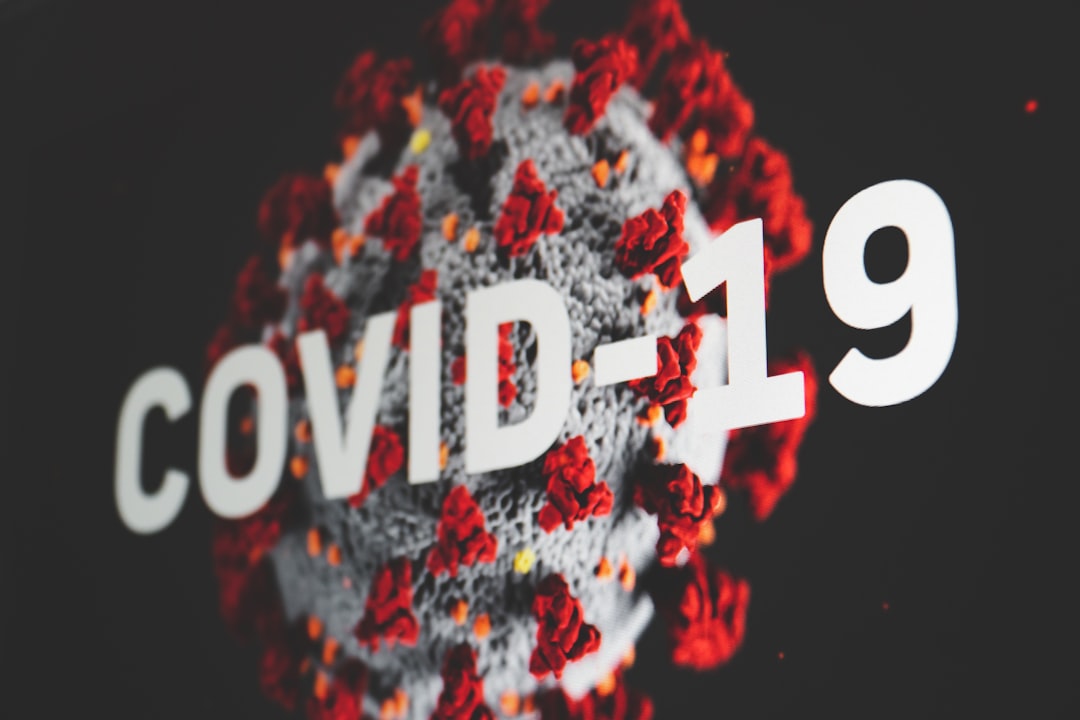What is it about?
The reaction between 5-nitroisatin and phenylhydrazine in acidic ethanol yields the title compound, C14H10N4O3, whose molecular structure deviates slightly from a planar geometry (r.m.s. deviation = 0.065 Å for the mean plane through all non-H atoms). An intramolecular N-H...O hydrogen bond is present, forming a ring of graph-set motif S(6). In the crystal, molecules are linked by N-H...O and C-H...O hydrogen-bonding interactions into a two-dimensional network along (120), and rings of graph-set motif R22(8), R22(26) and R44(32) are observed. Additionally, a Hirshfeld surface analysis suggests that the molecules are stacked along [100] through C=O...Cg interactions and indicates that the most important contributions for the crystal structure are O...H (28.5%) and H...H (26.7%) interactions. An in silico evaluation of the title compound with the DHFR enzyme (dihydrofolate reductase) was performed. The isatin-hydrazone derivative and the active site of the selected enzyme show N-H...O(ASP29), N-H...O(ILE96) and Cg...Cg(PHE33) interactions.
Featured Image
Read the Original
This page is a summary of: Crystal structure of (3E)-5-nitro-3-(2-phenylhydrazinylidene)-1H-indol-2(3H)-one, Acta Crystallographica Section E Crystallographic Communications, January 2017, International Union of Crystallography,
DOI: 10.1107/s2056989016020375.
You can read the full text:
Contributors
The following have contributed to this page










